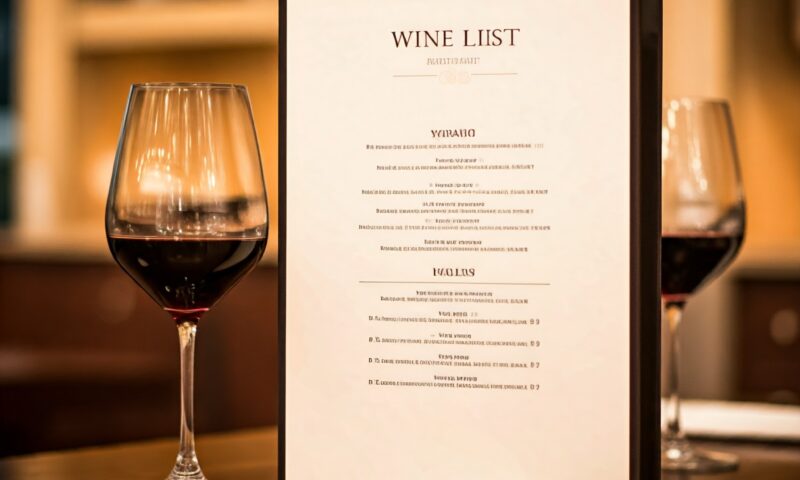How to Better Sell Wine on Your Wine List?
To optimize the marketing of wines within your establishment, it is essential to design a wine list that reflects the identity of your restaurant while meeting the expectations of your clientele. Here are some recommendations to achieve this :
1. Harmonization with the identity of the establishment
- Type and class of the establishment : The selection of wines must correspond to the standing and style of your restaurant. For example, a bistro will favor accessible wines, while a gourmet restaurant will offer more prestigious vintages.
- Geographical location : If your establishment is located in a wine region, highlight local wines to showcase the terroir and meet the expectations of customers seeking authenticity.
- Type of cuisine : Ensure that the wines offered harmoniously pair with the dishes served. For example, a seafood-focused cuisine will require a selection of appropriate white wines.
2. Structure and presentation of the wine list
- Logical organization : Classify the wines by region, color, or type to facilitate the customer's choice and avoid any confusion.
- Clear information : Indicate for each wine the appellation, vintage, producer, grape variety, and price. These details help the customer make an informed choice.
- Attractive design : A well-presented list, with brief descriptions or images of labels, can make reading more enjoyable and encourage discovery.
3. Diversification of the offer
- Wines by the glass : Offer a selection of wines by the glass to allow customers to taste different vintages without committing to a whole bottle. This approach is particularly appreciated and can increase revenue.
- Wine of the month or seasonal wine : Regularly highlight a specific wine to spark interest and encourage discovery. This rotation energizes the list and builds customer loyalty.
- A digital wine list: Offering a digital wine list is a simple solution to keep your list up to date, require less staff training, and easily highlight wines.
4. Staff training
- Knowledge of wines : Ensure that your team is well-informed about the wines offered to effectively advise customers and answer their questions.
- Food and wine pairings : Train staff to suggest relevant pairings between dishes and wines, enriching the customer experience and potentially boosting sales.
5. Legal compliance
- Mandatory mentions : Comply with legal obligations regarding the display of prices, appellations, and volumes on the wine list. Transparent information is essential for customer trust.
- Regular updates : Ensure that the list is updated according to available stock to avoid disappointment and comply with product advertising legislation.
By applying these principles, you will be able to create a coherent and attractive wine list, thus contributing to a successful customer experience and an increase in your sales.
